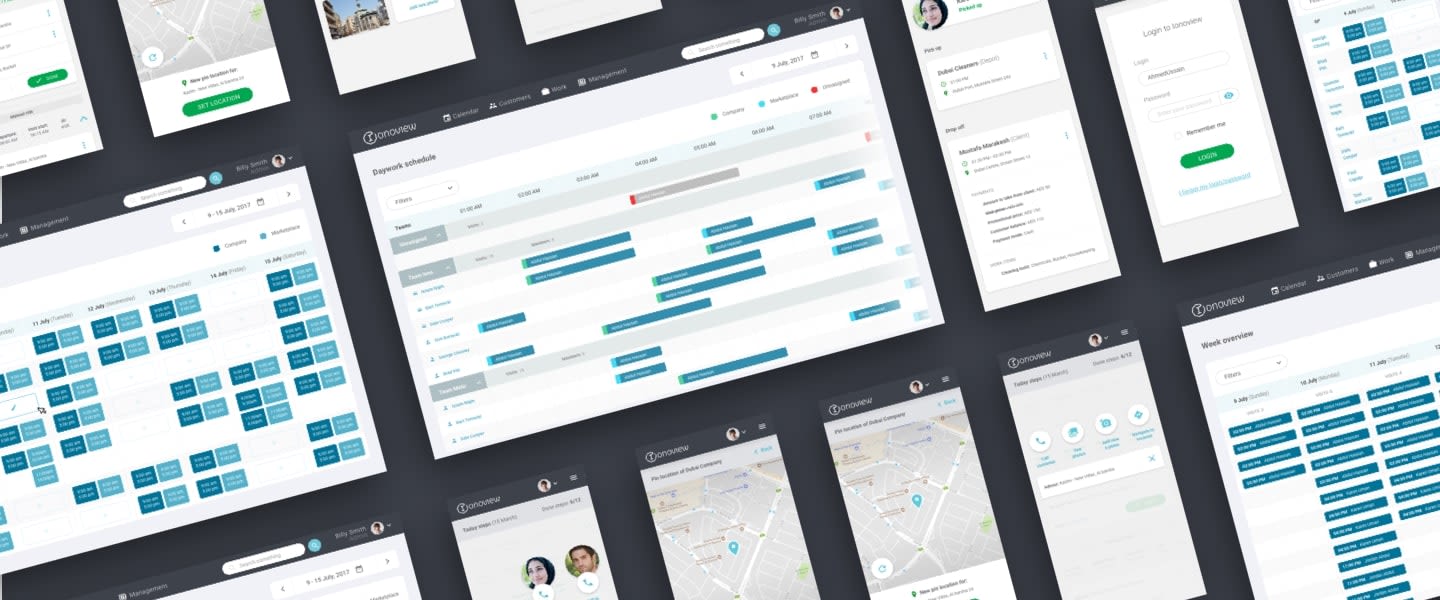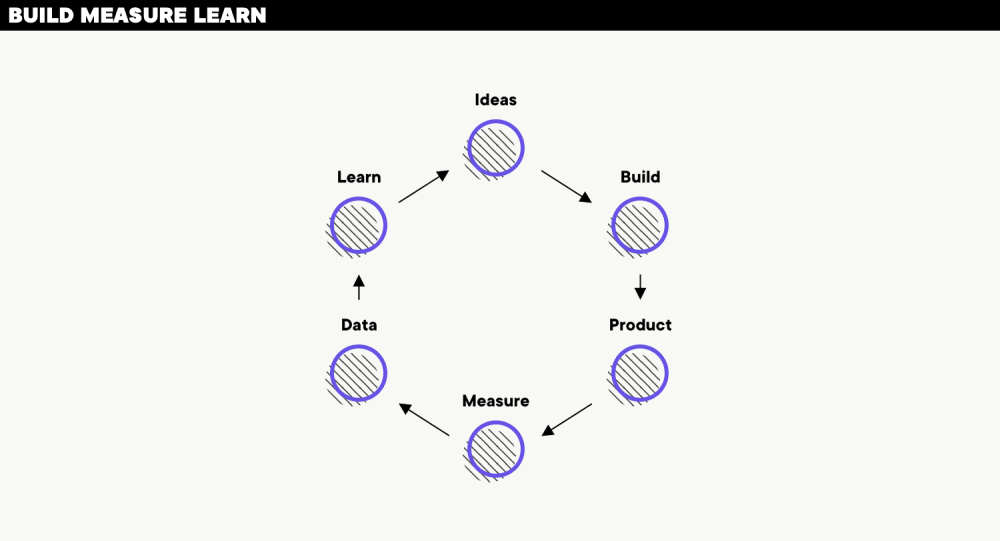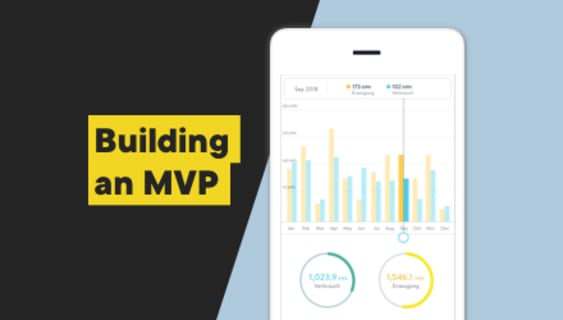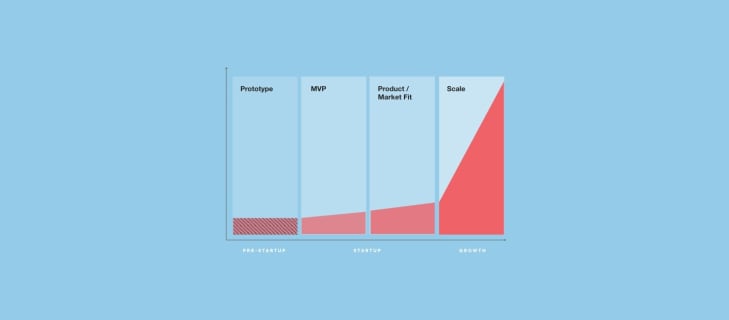Scaling Your Product – thriving in the market
In the digital product development process, scaling is the activity that gives the product sustainability and stability. A series of small but significant tested iterations that respond to, and anticipate, the market’s requirements. Not only does scaling involve responding to user feedback and suggestions, but also anticipating user needs in order to increase market share.

Table of contents
Is bigger usually better? When it comes to the number of users for a digital product, the answer is a definite yes. However, specialized and niche your chosen market, you’re still hoping to capture as much of that market as possible.
Hopefully, so far in your product development journey, the users and the market have been constantly in mind, with their needs providing a clear target for the development team to aim at. Let’s assume that your product concept has been validated and proven worthy of following up, and that your fledgling product has evolved (i.e. gone through repeated cycles of improvement) to the point where there is a good product-market fit. Now it’s time to scale up.
You need a product that is not only functional and saleable but that can also grow with your users. There are two key drivers here: the increasing size of the user group and new development requirements that come from an expanded user base.
At Boldare, this is another stage in our digital product development process, based on a combination of the lean startup approach and the agile scrum framework. Maybe we’ve been with you from the very start of the process, or perhaps you’ve come this far without us but now could benefit from some scaling expertise.
Either way, we will take your product and ensure it is robust enough to weather your expansion plans.
What is scaling?
In a recent podcast on the topic of scaling, Airbnb CEO Brian Chesky said,
There’s really two stages of a startup’s product. The first is design a perfect experience and then you scale that experience.
While the definition of perfect is probably best left to philosophers, we can agree that the goal of the product development so far has been to create the best possible product for its target market. Scaling is about ensuring that product is robust enough to survive and then thrive in that market. The overall aim is an efficient, secure product, serving a larger number of users.

Market success and consequent scaling often requires companies to ‘scale up’ other aspects of the business, including the sales and marketing strategy, hiring new team members, maybe even seeking out additional funding but in terms of digital product development, it means adapting the product to cope with rapid growth of the user base, usually by developing an enhanced and improved version through a series of iterations, each changing or adding an element of the product, and each followed by user testing to validate the effectiveness of the change.
The reality is that the product you released, the product that fit the market’s needs so well, is not your final product. The world changes and so do markets. Scaling is how you keep your product aligned with the market, making it better in the process.
Why you need to scale your product
In a nutshell, if you want your product to not only take slice (a big slice?) of the market but also keep it, and expand it, then you need to scale your product. It’s as simple as that.
At Boldare, when scaling your digital product and bringing it to maturity, we focus on three core aims:
- Growth
- Incorporating new technologies
- Improving product reliability without affecting current performance
What this means in practice is that we look closely at the means of expanding the product’s scope, both horizontally and vertically. We apply our engineering know-how with scalability and stability in mind. We refine the current functionality, and seek out opportunities for new functionality that fits both the product and the market.
When scaling, how do you know what to change?
Though options for change and improvement (like inspiration) could come from anywhere, once your product is on the market, there are a several common sources for potential scaling work:
- Additional or new user needs – The development process so far has included user input and repeated testing with early adopters. But… the more people using your product, the more suggestions for features you’ll receive; and some of them won’t be niche or individual wishes, they’ll be must-haves.
- Tracking user activity – By following how people use the product (especially simple if the product is a website) you can gather useful data, including which elements are most popular, which are most avoided, and any features or processes that users frequently give up on. This tracking process gives you data which can be followed up with users to more clearly establish what changes would benefit them.
- Users will find problems for you – However ‘perfect’ you think it is, your users will find issues with your product; often issues that you wouldn’t have thought were a problem (which is why the user perspective is so useful).
- Unexpected uses – Not everyone will use the product in the ways that you intended. Maybe the product’s core feature is not accessed by a significant percentage of users. Maybe a feature that you saw as ‘useful but not essential’ turns out to be wildly popular. How people use your product day-to-day can indicate unexpectedly fruitful avenues of development.
What are the benefits of product scaling?
Scaling your digital product carries the following benefits:
- Speed – Scaling should be about small, rapid changes; each an improvement on product functionality. At this point, your product is already on the market and quick responses to user needs and feedback will help grow your user base.
- Efficiency – The rapid iteration and testing process when scaling maximizes the use of developer time.
- Non-disruptive – The small (but cumulatively significant) changes in scaling mean minimum disruption or difficulty for users. In an ideal world, they notice and appreciate the improvements without the negative aspects of change.
Scaling – the Boldare process
Whether you’ve been with us for the whole product development journey or just calling on us for support with scaling, at Boldare we use the relevant aspects of the lean startup build-measure-learn cycle combined with the agile scrum framework.

To put scaling in context, our template development process is as follows:
- Product basis – We explore the underlying product concept through product vision workshops.
- General UI/UX prototyping – Often using a clickable wireframe prototype, we put together a user interface (UI) concept and work on the graphic design of the product (usually with mood boards as a tool to test options).
- Minimum viable product – A working version of the product (often only with the core features) is further tested with users to ensure basic viability in the marketplace.
- Product-market fit – The releasable product is developed through repeated iteration and user testing, arriving at a version fit for wider distribution.
Throughout this process, at every stage we work closely with the client, involving them at each point to ensure the agree product vision is being delivered. Part of that close collaboration includes a knowledge transfer of our key expertise to the client’s own team, with the goal of broadening the client organization’s development options in the future.
Scaling in practice – Ionoview, a case study
Ionoview is a SaaS product, comprising of web and mobile apps for housekeeping services, based in the UAE, the Kingdom of Saudi Arabia and Lebanon. The core functionality enabled users to carry out bookings, scheduling, logistics routing, payment and accounting for their cleaning businesses. When the client approached us, their SaaS product had been well-tested and validated and was ready for scaling to really optimize its use and value. As a product already in 24/7 use, it was crucial that any improvements be seamless for users to minimize any disruption to the service.
The scaling work included:
- Preparing for continuous integration
- Moving the development environment to containers
- Aligning configuration with production servers
- Fixing major bugs
- Redesigning key elements of the UX
- Implementing new functionalities
- Migration of the legacy solution to supported versions of the programming languages and more up-to-date frameworks
- Moving the product to a cloud solution
- Moving some of the crucial business processes from the monolith application to microservices
The outcomes were a subsequent tenfold growth in use (500,000 bookings made), 3 million USD raised in funding, and an average of 40% more orders annually.
Summarizing digital product scaling
Scaling is a process of improving the finer details of a digital product, making it the best it can be under the current (and foreseeable) market conditions. It depends on rapid changes and adaptations, including where indicated, the introduction of new features, which are tested with the product’s user base. The product has already been proven fit for the market, scaling is about taking full advantage of that market’s opportunities.
Share this article:

















